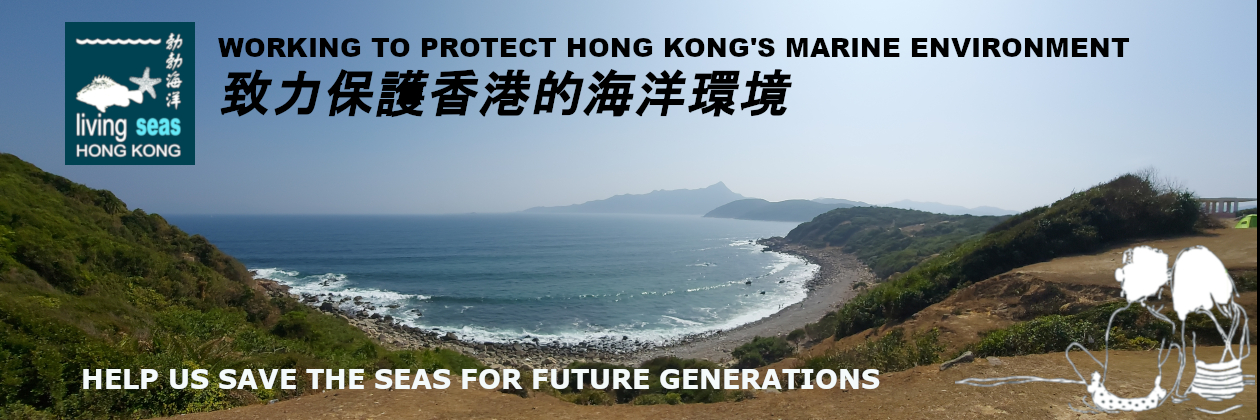(Hong Kong, 29 October 2016) Styrofoam again was a major component of marine litter in the eastern waters of Hong Kong, as observed by volunteers from Living Seas Hong Kong (LSHK; 勃勃海洋) participating in the 2016 Hong Kong Cleanup campaign to clean the coastal areas in Hong Kong.
Bayside Beach (Pik Sha Wan 碧沙灣), Clearwater Bay was chosen as the cleanup site. This beach is popular not only with the local community, but also with snorkelers, divers and fishermen. Volunteers are divided into two groups: divers search and collect underwater marine debris and other group collects and removes refuse along the shoreline.
Bayside Beach was found in poor condition for this year’s cleanup. Volunteers saw more plastic and polystyrene than they have seen in recent cleanups. Styrofoam waste had broken down into thousands and thousands of very small pieces. Wind and storms had blown the pieces to the shore, accumulating on the beach especially around bushes and in drainage pools. Extra effort was needed to remove them.
In 2015 LSHK collected a total of 351 kgs of rubbish; this year almost 500 kgs was collected with fewer volunteers. Despite the recent increase in public awareness we continue to see excessive rubbish in our seas.
David O’Dwyer, Chairman of LSHK, said, “Waste continues to be a major issue for our marine environment and despite increasing public awareness and involvement, it remains a major problem for our marine life. The main sources of styrofoam waste found are packaging for which industry must take a substantial part of the blame, as well as small pieces from lunch boxes.”
“The Hong Kong public needs to stop this damaging life habit. These enter the sea and are now part of our food chain. A large and consistent effort is needed to stop this devastation,” he added.
The annual Hong Kong Cleanup Challenge runs from September through November, and is the region’s largest event of its kind. Volunteers recorded the type and quantity of litter found. The data will be compiled and analyzed so that we can better understand the challenge, and create awareness, action, and industry recommendations to help solve the issue.
Photo: Styrofoam is everywhere – on the beach, around the bushes and floating on water.

